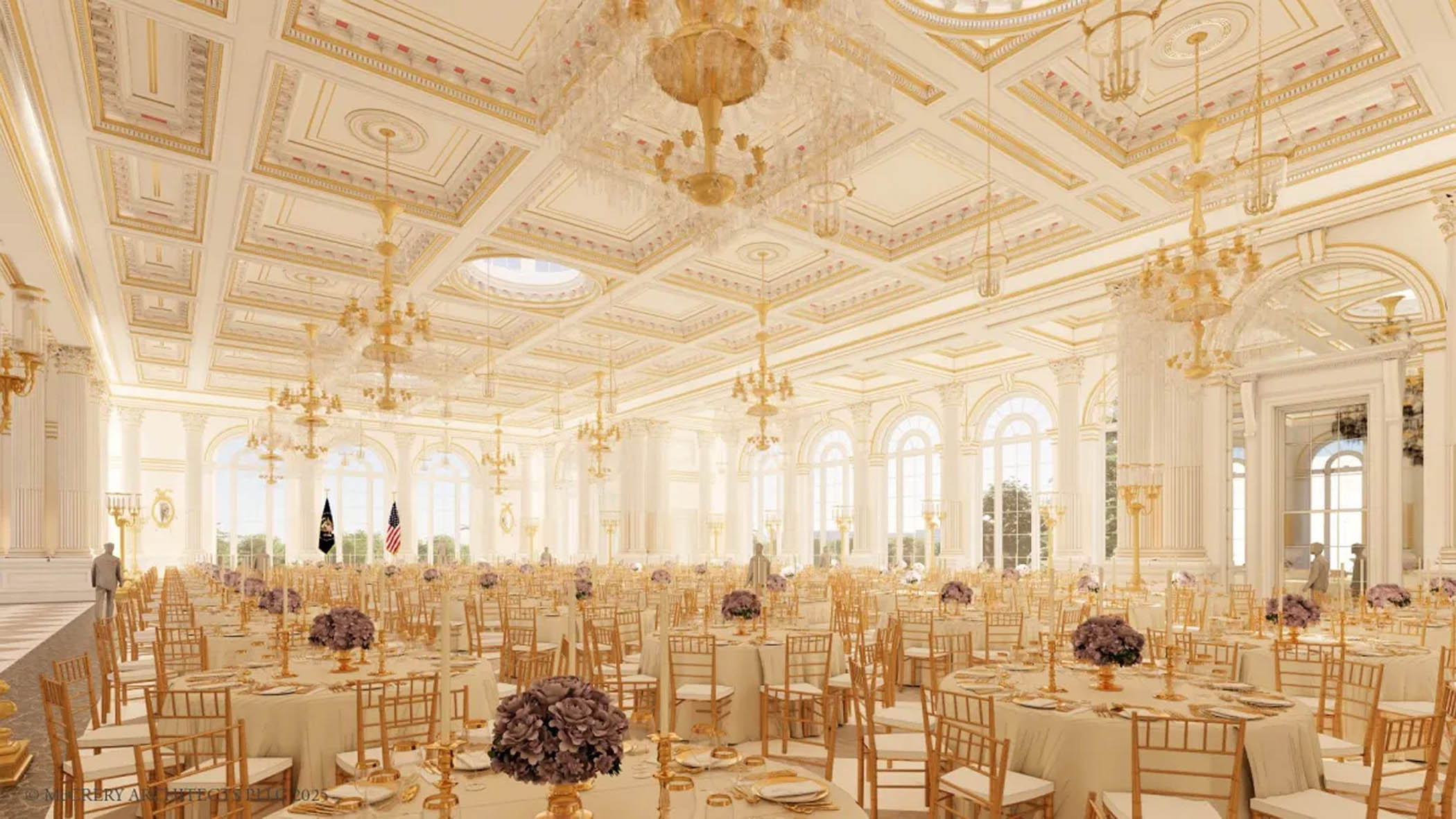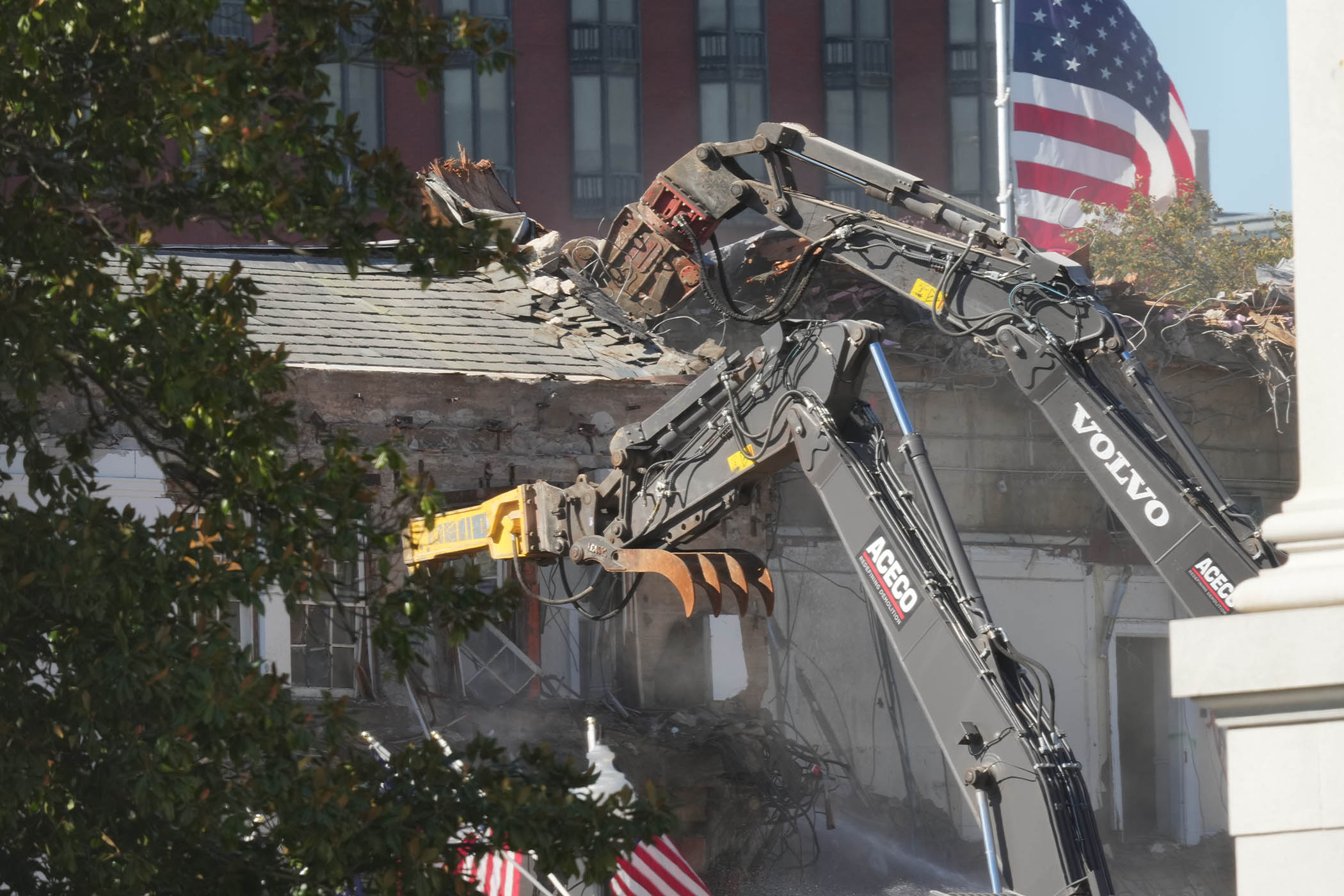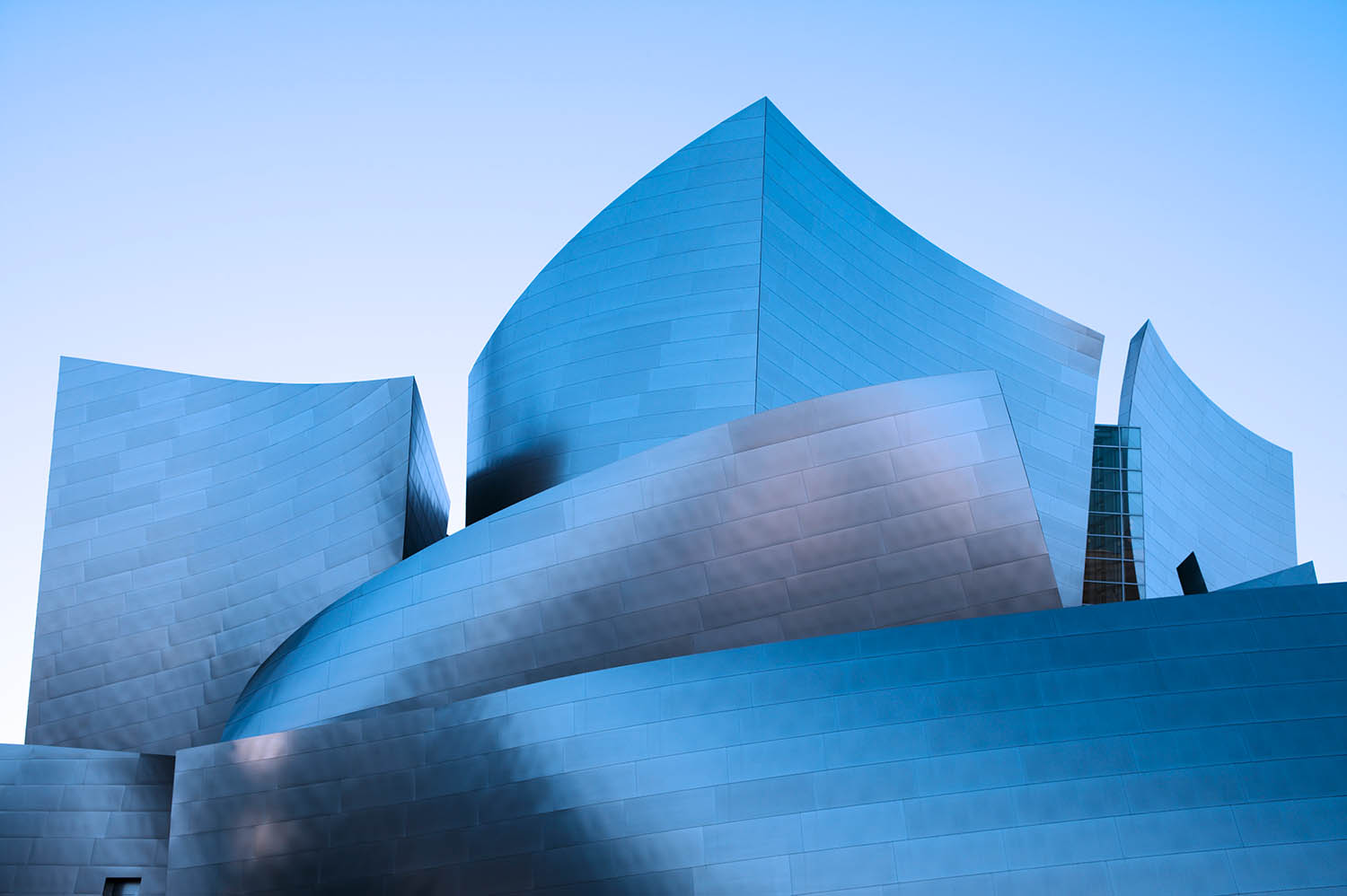“Nothing will be torn down,” said the White House press secretary of President Trump’s plans to add a new $250m (£190m) ballroom to the building where she and her boss work. “It’ll be near it but not touching it,” said Trump, “and pays total respect to the existing building.” So no one should be surprised, given the administration’s form in saying one thing and doing another, to see the videos that have just emerged of diggers munching through the East Wing of the White House, followed by aerial images that show that this part has already been torn down. It is a brutal spectacle, an architectural amputation of a national and global icon, carried out at shocking speed.
The property-developer-turned-president isn’t stopping there. He has already made the Oval Office into a work of gilded historical camp, a Liberace-crosses-the-Delaware interior of rococo ornament and multiple framed portraits of men. He has installed a “presidential walk of fame” along the West Wing colonnade. He has had the lawn in the middle of the Rose Garden paved over and erected two 27-metre flagpoles. He has unveiled plans for a gigantic triumphal arch, surmounted by an also-huge winged figure, on a line between the Lincoln Memorial and the Arlington National Cemetery, to be built in a matter of months –time for the 250th anniversary of the Declaration of Independence next July.

Artist’s impression of the White House ballroom
In these ways, as in many others, he is following the classic despot’s playbook – not as monstrous to be sure as the extra-judicial killing of people who may or may well not be drug dealers, by blowing up their boats off the coasts of Venezuela and Colombia, nor the kidnapping of citizens by masked agents, but nonetheless part of the same vibe. From Benito Mussolini to Saddam Hussein to Vladimir Putin to Muammar Gaddafi to Nicolae Ceaușescu, such leaders have loved both to make their own residences into lavish palaces, and strew their capitals with monuments.They like to use dead-behind-the-eyes versions of styles from the past, without being particularly respectful of actual historic buildings.
The proposed ballroom is designed by James McCrery, a practitioner of traditionally styled architecture that includes a pedestal for a statue of Ronald Reagan and theCathedral of the Most Sacred Heart of Jesus in Knoxville, Tennessee. It is proceeding at speed, with the administration arguing that a 1964 executive order allows the president to bypass the usual procedures for approving changes to such a significant building. The National Capital Planning Commission, which has previously advised on much smaller changes to the White House grounds, does not appear to have been consulted. The Committee for the Preservation of the White House, several of whose members are appointed by the president, is unlikely to offer much resistance.
The White House been altered before, since it was first constructed from 1792 to 1800. The East Wing itself was a structure of 1902, expanded in 1942, on the site of a terrace originally added under Thomas Jefferson in the early 1800s. But it has never before faced destruction and reconstruction on this scale, unless you include the time in 1814 when British forces burnt it to a shell.
Related articles:
McCrery’s designs for the ballroom show a block that rivals the rest of the WhiteHouse in scale, with a portico of giant Corinthian columns attached to its side. Its interior is a bright white hangar of chandeliers, more columns and coffering. Its inspiration seems to come from the Gilded Age of the late 19th century, a time of oligarchic wealth a bit like the present, rather than the more chaste and dignified approach of the early republic, of which the original White House is a prime example. The ballroom’s “respect” to its venerable neighbour only goes so far: while it shares a classical style, the size and grandiosity of the new building threaten to put the symmetry and repose of the White House out of whack.
The reasons why authoritarian rulers like this sort of thing – the pompous arches and porticoes, the combinations of manly pillars with the piling-up of ornamental objects, the gilt and more gilt – are multiple. There’s the obvious appeal of self-aggrandisement, of leaving your mark on history, of scribbling over your predecessors’ achievements. These works are displays of power and wealth, things that dictators do just because they can, and if they annoy people, including a few guardians of taste and heritage, so much the better.
They can also be transactional undertakings, vehicles for the exchange of favours.The ballroom, writes Trump, “is being privately funded by many generous Patriots, Great American Companies, and, yours truly”. There being no such thing as a free lunch, one can only speculate as to what might be asked by these patriots, the identities of whom are so far undisclosed, in return.
Photograph by Jacquelyn Martin/AP, McCrery Architects/The White House



